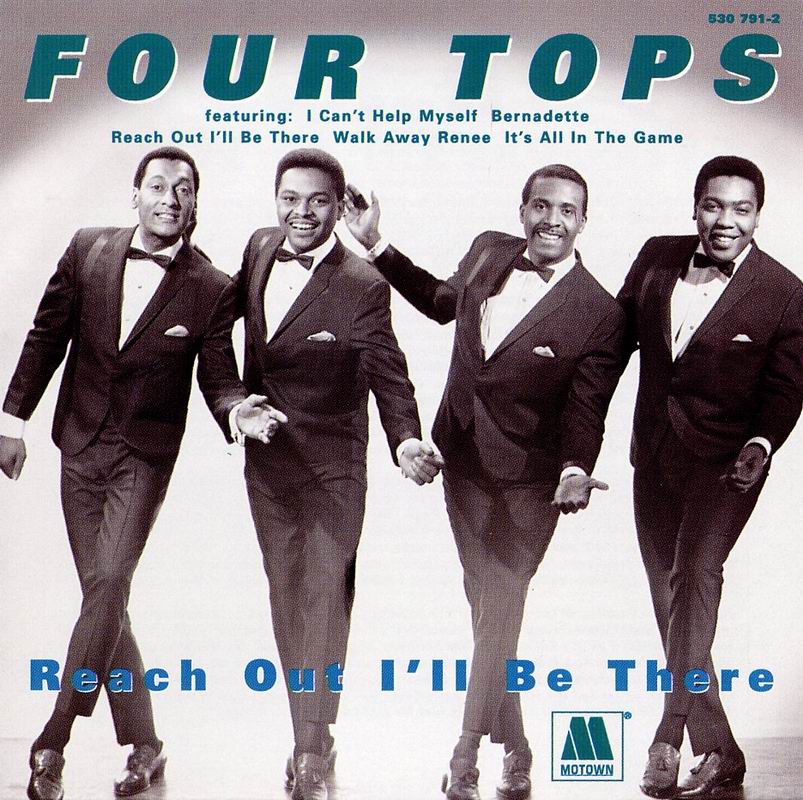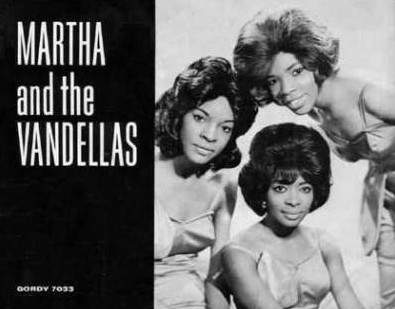|










| |

| The Motown sound was primarily the product of Detroit
songwriter and entrepreneur Berry Gordy. Starting in the late 1950s he began
pedaling his songs to record companies in New York and by 1960 he had
founded his first label, Tamla. Its first hit was the Smokey Robinson tune
Shop Around. Tamla was soon joined by other Gordy labels including
Soul, VIP, Rare Earth, and of course Motown. The sound on these recordings
was largely a result of the writing team of Lamont Dozier, Eddie Holland,
and Brian Holland. Between 1963-66 they turned out nearly 30 top-twenty hits
and over the period from 1960-71 Motown and its affiliated labels produced
more hit records than the Beatles, Stones, Elvis, and the Beach Boys
combined!

The formula usually consisted of a standard form that emphasized
repetition of a song's "hook" line. The instrumental support for the lyrics
featured the rhythm section instruments: drums, bass, guitar, keyboards; and
a tambourine was usually prominent on the second and fourth beats. For a
great example, listen Martha and the Vandellas' Nowhere To Run. The
back-up musicians were some of the best of the day. They included (among
others) James Jamerson (bass), Robert White and Joe Messina (guitars), Earl
van Dyke (keyboards), and Benny Benjamin and James Giddons (drums).
Collectively known as the Funk Brothers, these musicians were an essential
ingredient in the Motown sound. They worked for a flat salary in the studio
during the day, and gigged around town in the various area clubs and lounges
at night.
Barry Gordy had a hand in everything that went on---he even had a "charm
school" for the artists that taught them how to conduct themselves
off-stage.
Important Motown artists included Smokey Robinson and the Miracles,
Martha and the Vandellas, The Four Tops, the Temptations, Marvin Gaye, Jr.
Walker and the All-Stars, The Supremes, the Jackson 5, and Stevie Wonder.
|
|
